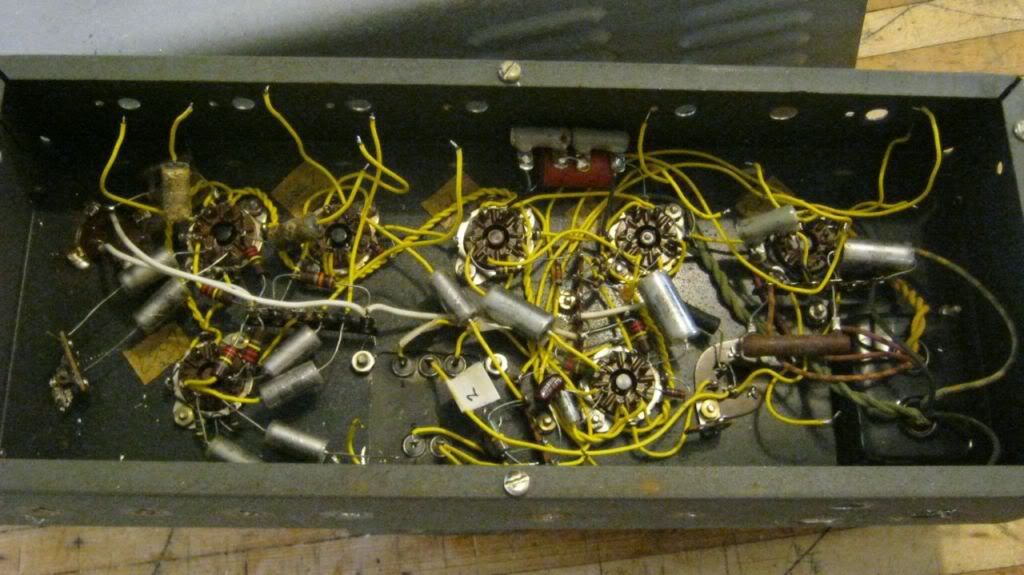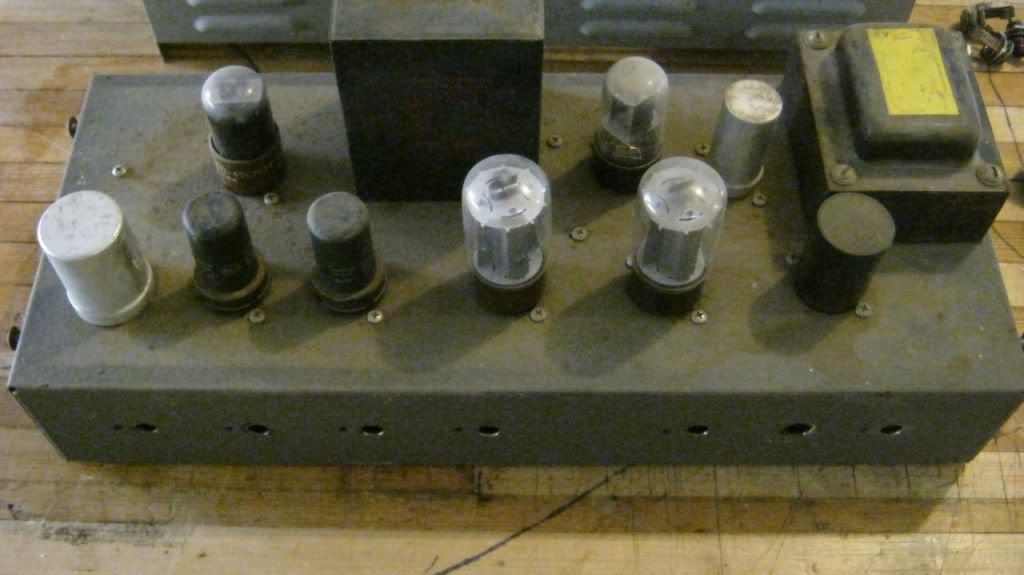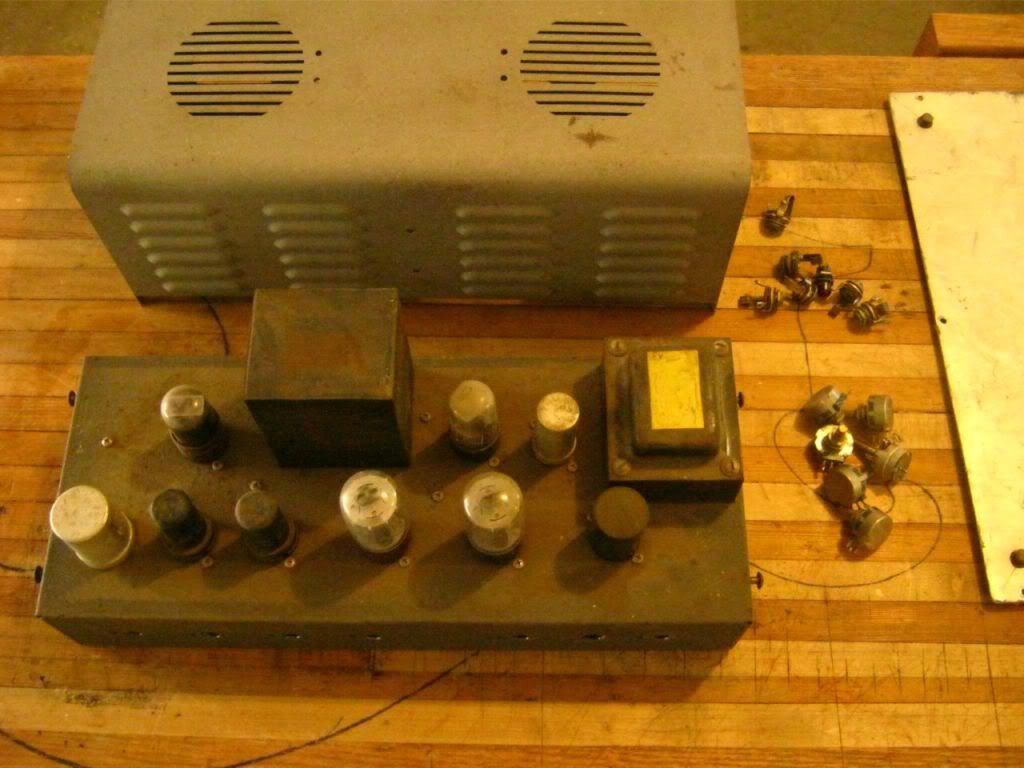Originally posted by Chuck H
View Post
There is a way to cheat. You can run effectively Class A single ended if you use an output tube on half the primary and any means whatsoever to pull and equal idle current through the other half-primary. This idle side just pulls the transformer's flux back away from saturation and prevents the necessity of gapping. In effect, the idle side pulls the tranformer's magnetic flux back to zero to let you not have to gap the core.
This can be two tubes if you bias both output tubes to Class A idle currents but provide signal to only one grid. That's a horrible waste of a tube on the "idle" side. It makes more sense to use a power transistor or power MOSFET to pull a constant current through the "idle side". I think there was a commercial amp that did either the idle tube or idle current source. Can't remember the name now.
This can be two tubes if you bias both output tubes to Class A idle currents but provide signal to only one grid. That's a horrible waste of a tube on the "idle" side. It makes more sense to use a power transistor or power MOSFET to pull a constant current through the "idle side". I think there was a commercial amp that did either the idle tube or idle current source. Can't remember the name now.
The point is, if you're already running in class A with an OT which is designed for class A currents, then you can just ditch the drive to one tube and let the other tube run class A all by itself, and it's fine. The tube which is idling provides the same DC balance for the output transformer as it did when it was active, but all the signal swing is done by the tube which still gets signal. Tinkering with the bias point in single-tube mode may or may not be needed - there's nearly always some tinkering to be done.
In response to your question, it actually works better than an OT specifically designed for single ended use in some senses. That's because the offset side pulls the core back to the middle of the BH curve and lets the remaining tube at least potentially work the whole BH curve in the OT if everything is set up just right. That means the transformer can be smaller than a real SE transformer for the same power and low frequency response. I suspect the reason it was never done in the "Golden Age" is that you need a current source for the no-signal side because a resistor there will load down the active side, wasting more power. And if you put a tube there, why not get the vastly larger power from class A push pull?





Comment